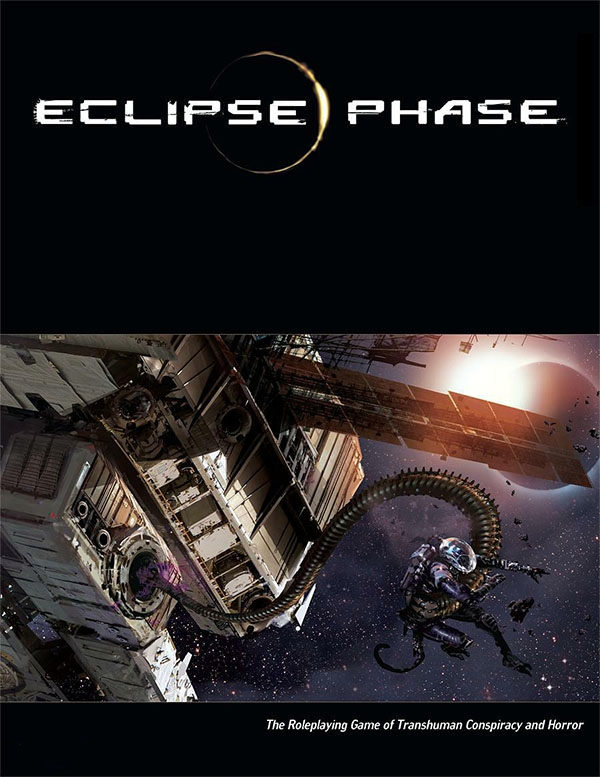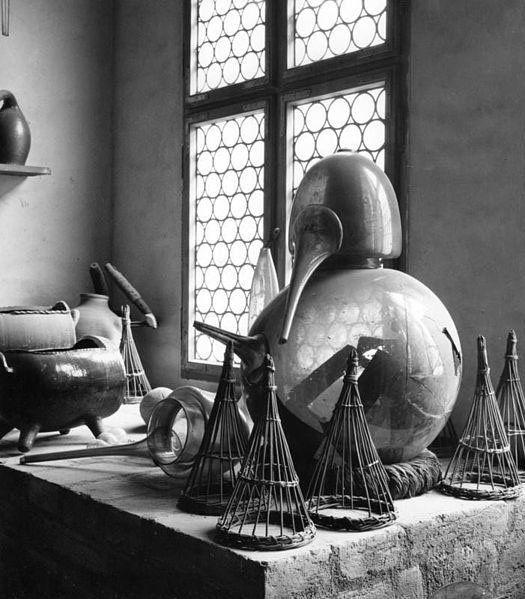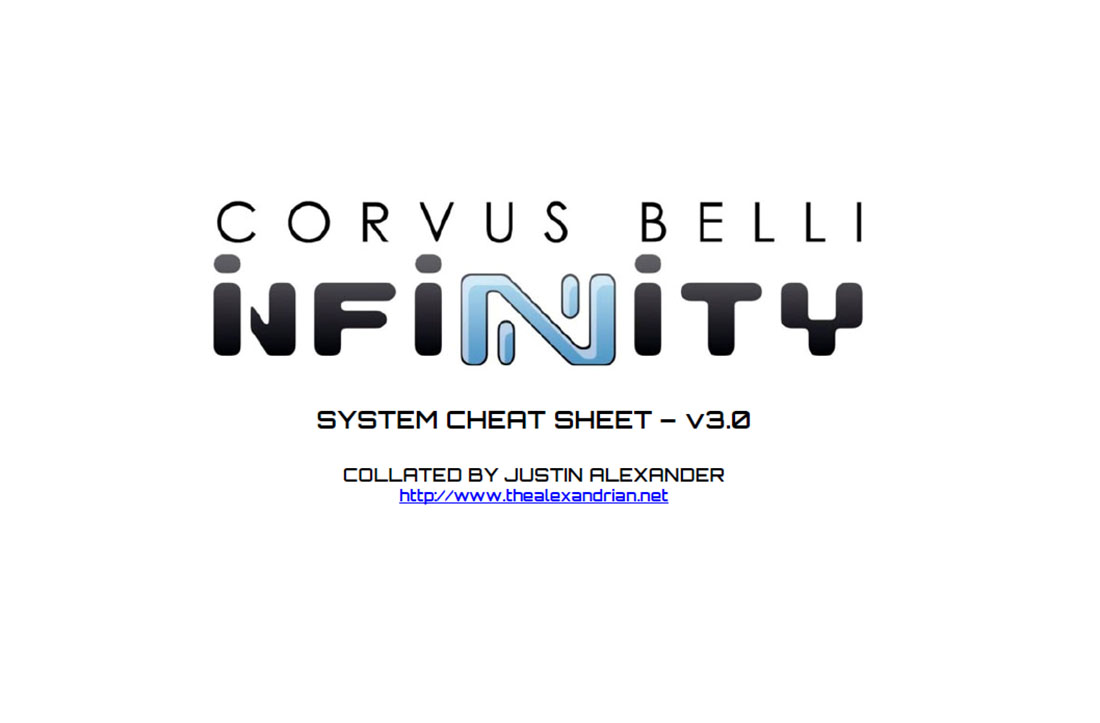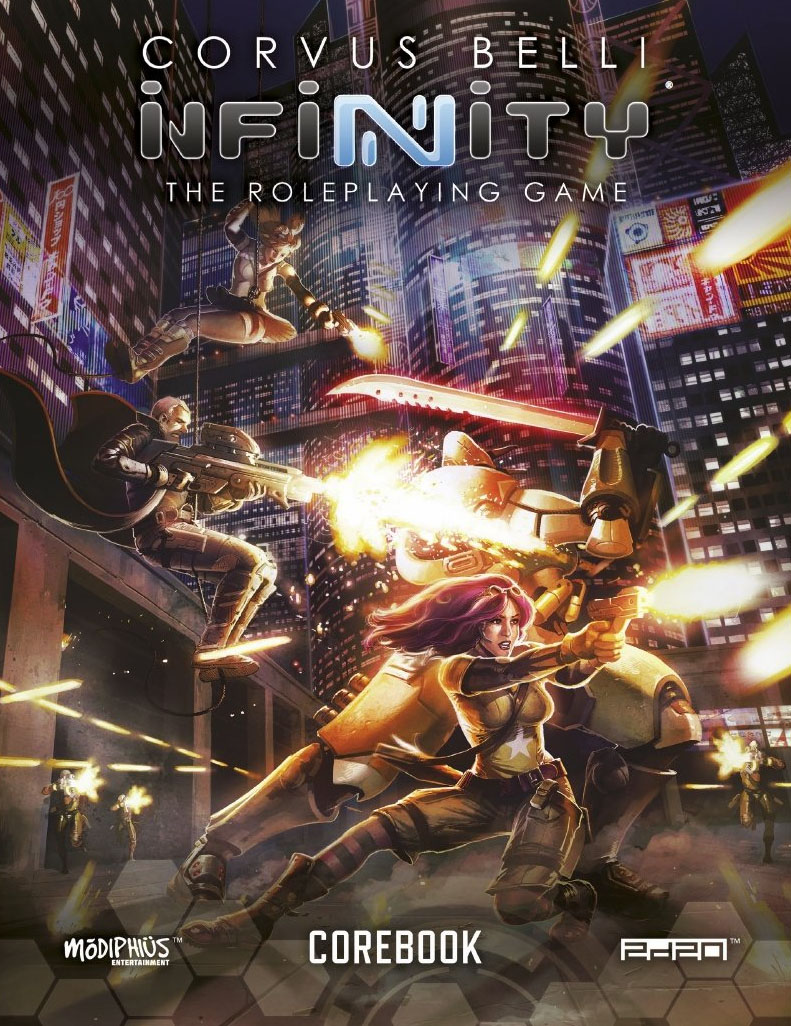This article was originally written in 2000-01. It has never been published.
As a DM, using ethereal creatures like the marauder can be something of a challenge: Keeping track of one plane is difficult enough, after all. However, the rewards of doing so can be quite large – 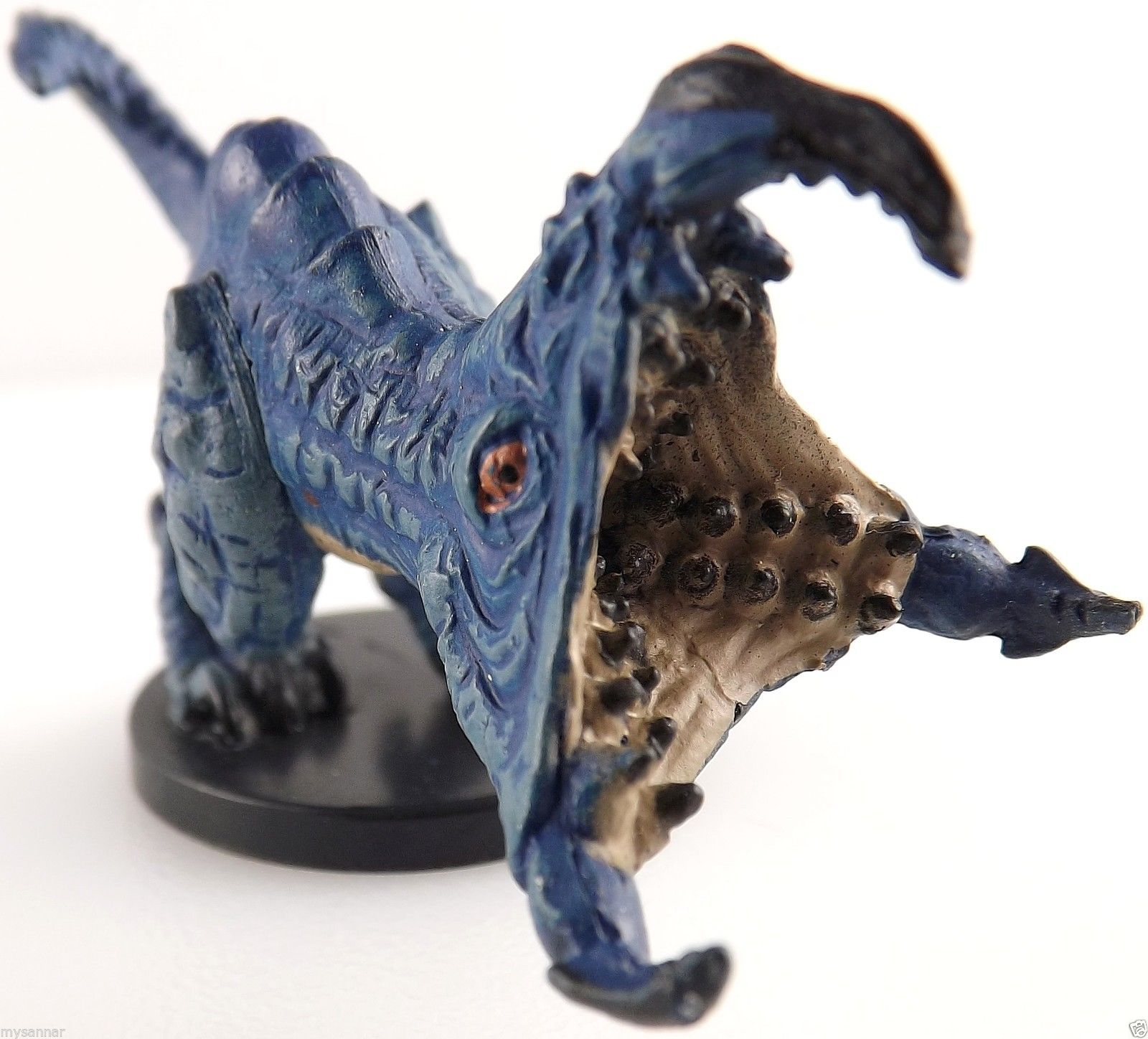 particularly against neophyte players or characters who lack the experience to figure out where the lumbering blue behemoth which attacked them appeared from, and where it disappeared to again. In fact, you can use an encounter such as this to introduce your players to the concept of planar travel – perhaps paving the way for future adventures.
particularly against neophyte players or characters who lack the experience to figure out where the lumbering blue behemoth which attacked them appeared from, and where it disappeared to again. In fact, you can use an encounter such as this to introduce your players to the concept of planar travel – perhaps paving the way for future adventures.
ORGANIZATION
According to the Monster Manual, Ethereal Marauders are solitary creatures. However, there are certain times when this may not be true. For example, marauders form mating triplets on a semi-annual basis – and this occasionally leads to the formation of temporary pride structures (particularly in situations where triplet compositions are unstable). So don’t be afraid to have higher level PCs run into a pride of marauders – particularly if they are already familiar with ethereal combatants: It can provide an interesting twist on an already complicated situation.
PREPARATION
STALKING: Although strong, the tightly compact forms of the marauder result in a low constitution. As a result, although they are able to hold their own in physical combat, they typically prefer to rely on their wits – particularly when hunting more dangerous prey (such as sentient humanoids, like the PCs).
Marauders will stalk their chosen target for as much as three days – presumably unseen upon the ethereal plane – waiting for the right moment to attack. Let the encounter simmer (you can think of it like a horror flick), and don’t be afraid of letting the marauder wait until a PC is in the worst possible conditions (fleeing a dungeon while badly hurt, separated, trapped in an isolated location away from the other PCs, etc.) to attack.
If the PCs are hunting the marauder for some reason (perhaps it has been preying on the local village), they may be entirely unaware that the marauder has already begun hunting them.
UNSEEN KILLER: One common trick of the marauder is to attack while its prey is sleeping. It will shift onto the Material plane, bite its victim once, and then shift back to the Ethereal before the victim has time to awake and see what’s attacked it. If the marauder is quick enough and clever enough, it may be a long time before the PCs figure out what’s whittling them down every night.
TACTICS
HIT AND RUN: Once combat is engaged, ethereal marauders rarely stand their ground for long. Shifting to the Material Plane is a free action for them, and shifting back to the Ethereal is a movement-equivalent action (or part of a movement-equivalent action). This allows them to, essentially, appear, attack, and disappear again before anyone can do anything about it.
Note that if the marauder always does this, it will essentially be invincible against a party which doesn’t possess the right magical effects. Fortunately, marauders will occasionally become overzealous – prolonging their presence on the physical plane to finish a kill (particularly if they have successfully separated one target from the rest of the group). On the other hand, don’t be afraid of forcing the PCs to think their way through this one if they do have the proper magic at their disposal.
If the PCs successfully figure out a way to track the marauder on the Ethereal Plane (or follow it there), the marauder will adjust its tactics accordingly. If the PCs have split their numbers between the Material and Ethereal Planes, it will typically choose the easier target – and attempt to isolate the ability for one group to help the other (typically by drawing its Ethereal opponents below the surface of the earth). If things look particularly bad, it will abandon the hunt.
RECOVERY: If the PCs successfully hurt the marauder upon the Material Plane, it will withdraw to the Ethereal Plane. This doesn’t mean, however, that it will simply give up the hunt. To the contrary, one of the marauder’s primary advantages is its ability to continue tracking – and harassing – its prey, even when badly injured itself. So long as the PCs cannot pursue or affect the marauder upon the Ethereal Plane, the marauder will stay in the area – recovering as it continues to pursue.
WHINE: Ethereal marauders emit an eerie, high whine that varies in pitch depending on the creature’s speed and health. Here’s a good rule to follow: The faster it goes, the higher the pitch. The more injured it is, the lower the pitch.
TAKING THE BODY: Although the marauder cannot take living creatures with it using its ethereal jaunt ability, once its prey is dead it can take the body with it. Once the marauder has successfully killed someone, it will attempt to grab the body and then return to the Ethereal Plane to finish its meal in peace. Realize that this is, essentially, permanent death if the other PCs don’t have some means of pursuing the marauder and recovering the body.
DISGUISE TRUE NUMBERS: As noted above, marauders seldom form prides. However, when they do they will typically take advantage of their ability to shift at will between the planes to disguise their true numbers. Their first step when approaching large groups (such as a party of PCs), is to draw the individual members apart from one another – typically by making large noises just out of sight in multiple directions. Once their targets have separated, the pride will then begin its attack – rarely revealing more than one of its number at a time, but striking at each of its chosen targets as often as possible (attempting to drive them even farther apart if possible).
If done successfully, it can appear to the PCs that they are facing some horrible creature which is capable of popping into and out of existence (and attacking!) three or four or half a dozen times a round. It might even appear that the creature is capable of magically regenerating damage (since wounded pride members will withdraw from combat, while the uninjured ones remain).

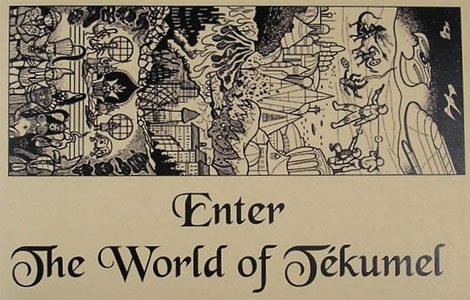
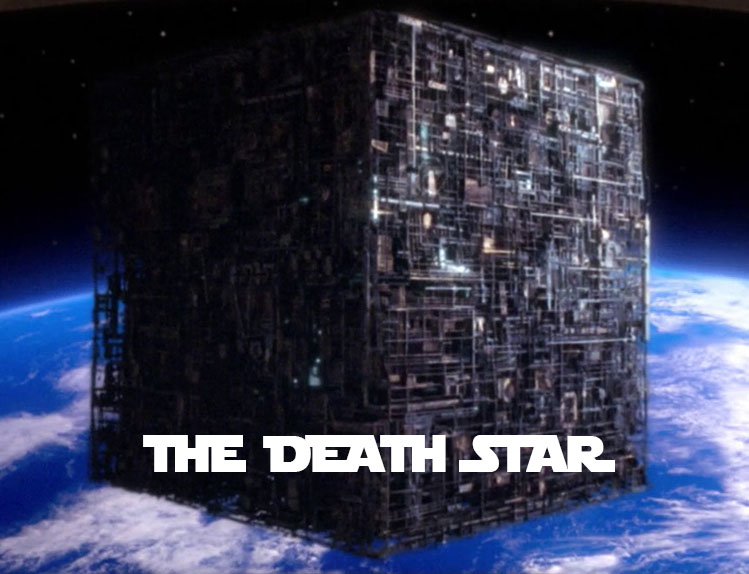 the “grok threshold”: The point where you fundamentally understand how the setting ticks so that you can make up new details about the setting in a way that’s consistent with the setting as a whole. Once you’ve hit that grok threshold, however, you should then feel free to own the setting (which can also mean making significant changes to the established canon).
the “grok threshold”: The point where you fundamentally understand how the setting ticks so that you can make up new details about the setting in a way that’s consistent with the setting as a whole. Once you’ve hit that grok threshold, however, you should then feel free to own the setting (which can also mean making significant changes to the established canon).